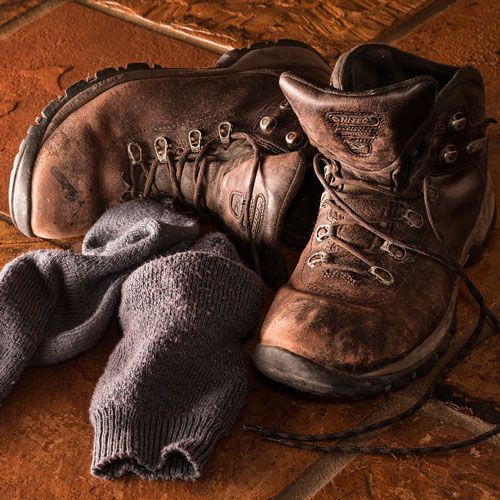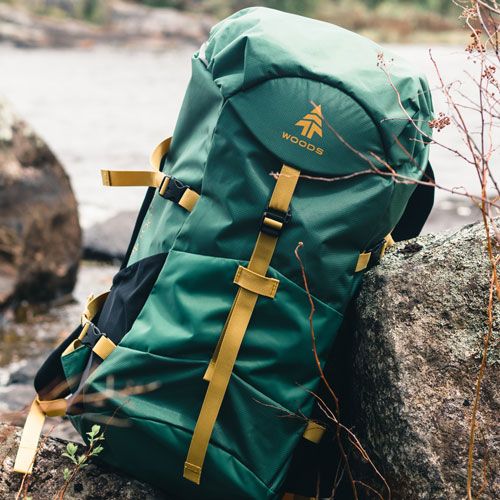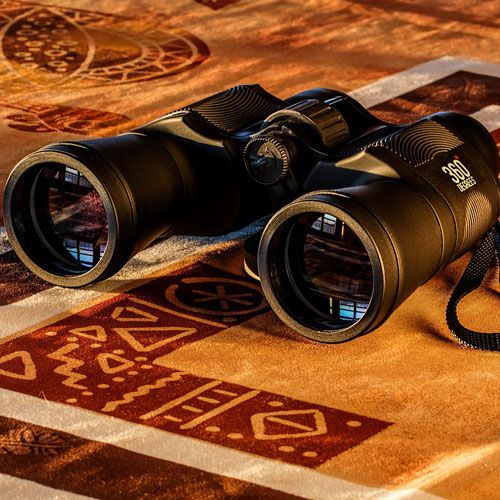Mount Kilimanjaro Packing List
Preparing for a climb on Kilimanjaro or Mount Meru requires careful packing to ensure that you have all the necessary clothing, footwear, gear and equipment for the challenging conditions you will encounter. Having the right items will contribute to your comfort, safety, and overall success on the mountain. By following this packing list, you will be well equipped for the adventure that awaits you on the peaks, whatever route or mountain, and whatever time of year you choose. The items you don't bring yourself, you can safely rent through us. All of our rental equipment is carefully maintained and regularly inspected to ensure its quality and reliability. The day before the ascent, we will go through all your gear and equipment to make sure you have everything you need to make your mountain climb a comfortable, safe, and successful adventure.
CLOTHING
-
BASE LAYERS: Thermal tops and bottoms to regulate temperature during varying altitudes; opt for moisture-wicked fabrics to keep you dry and comfortable.
-
INSULATING LAYERS: Fleece jackets and pants for warmth during colder ascents, especially at higher altitudes; layering is key to managing body temperature.
-
HIKING PANTS: Durable, quick-drying hiking pants for comfort and mobility during the trek; convertible pants are a versatile option, allowing you to adapt to changing temperatures.
-
T-SHIRTS: Moisture-wicking, breathable t-shirts for trekking days; consider lightweight, long-sleeve options for added sun protection.
-
UNDERWEAR AND SOCKS: Moisture-wicking and quick-drying underwear and hiking socks for comfort and to prevent chafing and blisters.
-
OUTER SHELL: A waterproof and windproof jacket and pants to shield against harsh weather conditions; look for breathable materials to ensure comfort during exertion.
-
HEAD WEAR: A warm beanie to retain heat and a wide-brimmed hat for sun protection; protecting your head is essential, especially during long days in the sun and cold nights.
-
GLOVES: Insulated, waterproof gloves to safeguard your hands in freezing temperatures, particularly during summit night when temperatures drop significantly.
-
GAITERS: Waterproof and breathable gaiters to protect your lower legs and footwear from mud, snow, and debris.
FOOTWEAR
-
HIKING BOOTS: Sturdy and well-broken-in- boots with ankle support for comfort and stability; ensure they are waterproof and suitable for long, demanding hikes.
-
CAMP SHOES: Lightweight, comfortable camp shoes for resting your feet at the end of the day; consider slip-on sandals or lightweight hiking shoes that provide relief from your trekking boots.
GEAR AND EQUIPMENT
-
BACKPACK: A reliable, comfortable backpack with a rain cover and a capacity to carry your essentials (around 50-70 liters); look for a pack that distributes weight evenly and fits will to minimize strain.
-
SLEEPING BAG: A high-quality, cold-weather sleeping bag suitable for sub-zero temperatures (-10°C / 14°F or lower); consider a down-filled bag for its warmth-to-weight ratio.
-
TREKKING POLES: Lightweight and sturdy poles to aid balance and reduce strain on steep ascents and descents; adjustable poles are ideal for varied terrain.
-
HEAD LAMP: Essential for navigating in the dark during early morning summit attempts; make sure to bring extra batteries or a portable charger.
-
SUNGLASSES: UV-protective sunglasses for eye safety at higher altitudes; choose sunglasses that offer full UVA and UVB protection to shield your eyes from intense sunlight and glare off snow and ice.
-
WATER BOTTLES: Sufficient capacity for staying hydrated throughout the climb; consider a hydration system with a bladder and drinking tube for easy access to water while hiking.
-
DUFFEL BAGS: For porters to carry your non-hiking gear between campsites; opt for durable, waterproof duffel bags to protect your belongings from the elements.
-
DRY BAGS: Waterproof dry bags to keep your essential items, such as clothing and electronics, dry and protected from the elements; opt for a variety of sizes to organize and protect different gear inside your backpack.
-
SUNSCREEN: High SPF broad-spectrum sunscreen to protect your skin from the intense sun exposure at higher altitudes; choose a water-resistant formula and remember to reapply frequently.
-
TOILETRIES: Travel-sized toiletries and biodegradable wet wipes for personal hygiene; pack essentials such as toothpaste, toothbrush, and biodegradable soap to maintain cleanliness during the trek.




